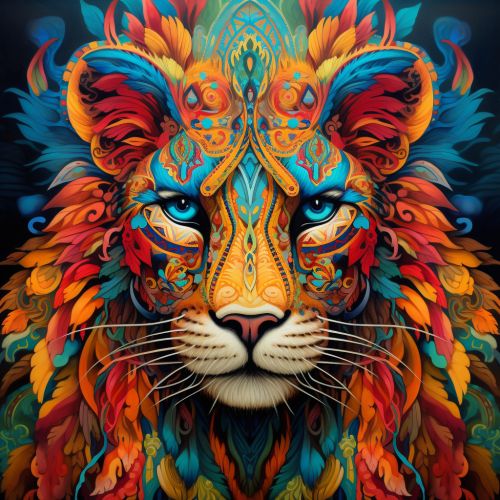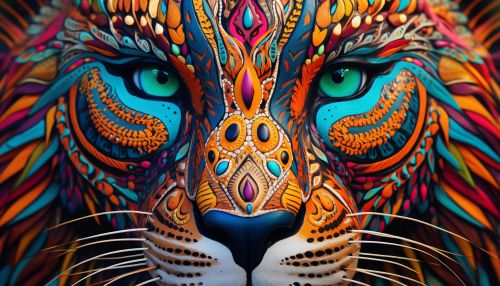The Science of Animal Coloration and Pattern Formation
Introduction
The science of animal coloration and pattern formation is a fascinating field that explores the various reasons and mechanisms behind the diverse colors and patterns seen in animals. This field of study is an intersection of several disciplines, including genetics, evolutionary biology, and ecology, and it has significant implications for understanding animal behavior, survival strategies, and evolution.


Mechanisms of Color Production
Animal coloration is primarily produced through two mechanisms: pigmentation and structural coloration.
Pigmentation
Pigmentation is the process by which certain cells produce and store pigments, which are chemical compounds that absorb certain wavelengths of light and reflect others. The colors we see are the wavelengths of light that are reflected. There are several types of pigments found in animals, including melanin, carotenoids, and porphyrins.
Melanin
Melanin is the most common pigment in animals and is responsible for black, brown, and some yellow coloration. It is produced in specialized cells called melanocytes, which are found in the skin and hair of mammals, the feathers of birds, and the scales of reptiles and fish.
Carotenoids
Carotenoids are pigments that produce red, orange, and some yellow coloration. Unlike melanin, animals cannot synthesize carotenoids and must obtain them from their diet. The bright red and orange colors seen in many birds and fish are often due to carotenoids.
Porphyrins
Porphyrins are pigments that produce a range of colors, including pink, brown, green, and red. They are most commonly seen in birds, where they contribute to the coloration of feathers and eggs.
Structural Coloration
Structural coloration is a method of producing color that involves the physical structure of an animal's skin, scales, feathers, or fur rather than pigments. These structures interact with light in various ways, such as by reflecting, refracting, or scattering it, to produce color. The iridescent colors seen in peacock feathers and butterfly wings are examples of structural coloration.
Pattern Formation
Patterns in animal coloration, such as stripes, spots, and patches, are formed through a process known as morphogenesis. This process is controlled by a complex interplay of genes, hormones, and environmental factors.
Genetic Control of Pattern Formation
The formation of patterns in animal coloration is primarily controlled by genes. These genes regulate the distribution of pigments and the structure of color-producing cells in the skin, feathers, scales, or fur. Mutations in these genes can lead to changes in color patterns, such as the formation of new spots or stripes.
Hormonal Control of Pattern Formation
Hormones also play a role in pattern formation. They can influence the activity of pigment-producing cells and the development of color-producing structures. Changes in hormone levels can lead to changes in color patterns, such as the seasonal changes seen in some animals.
Environmental Influence on Pattern Formation
Environmental factors can also influence pattern formation. For example, temperature and light conditions can affect the activity of pigment-producing cells and the development of color-producing structures. In some species, the color patterns of individuals can vary depending on the environment in which they were raised.
Functions of Animal Coloration and Patterns
Animal coloration and patterns serve a variety of functions, including camouflage, communication, and temperature regulation.
Camouflage
Camouflage is perhaps the most well-known function of animal coloration. By matching their coloration to their environment, animals can hide from predators or prey. There are several types of camouflage, including cryptic coloration, disruptive coloration, and countershading.
Communication
Coloration and patterns can also be used for communication. Bright colors and distinctive patterns can signal an animal's species, sex, age, or social status to other individuals. They can also be used to attract mates or warn off potential predators.
Temperature Regulation
In some animals, coloration can help regulate body temperature. Dark colors absorb more heat than light colors, so animals living in cold environments often have darker coloration than those living in hot environments.
Conclusion
The science of animal coloration and pattern formation is a complex and fascinating field that provides insights into the survival strategies, behavior, and evolution of animals. By studying the mechanisms and functions of animal coloration and patterns, scientists can gain a deeper understanding of the natural world and its incredible diversity.
